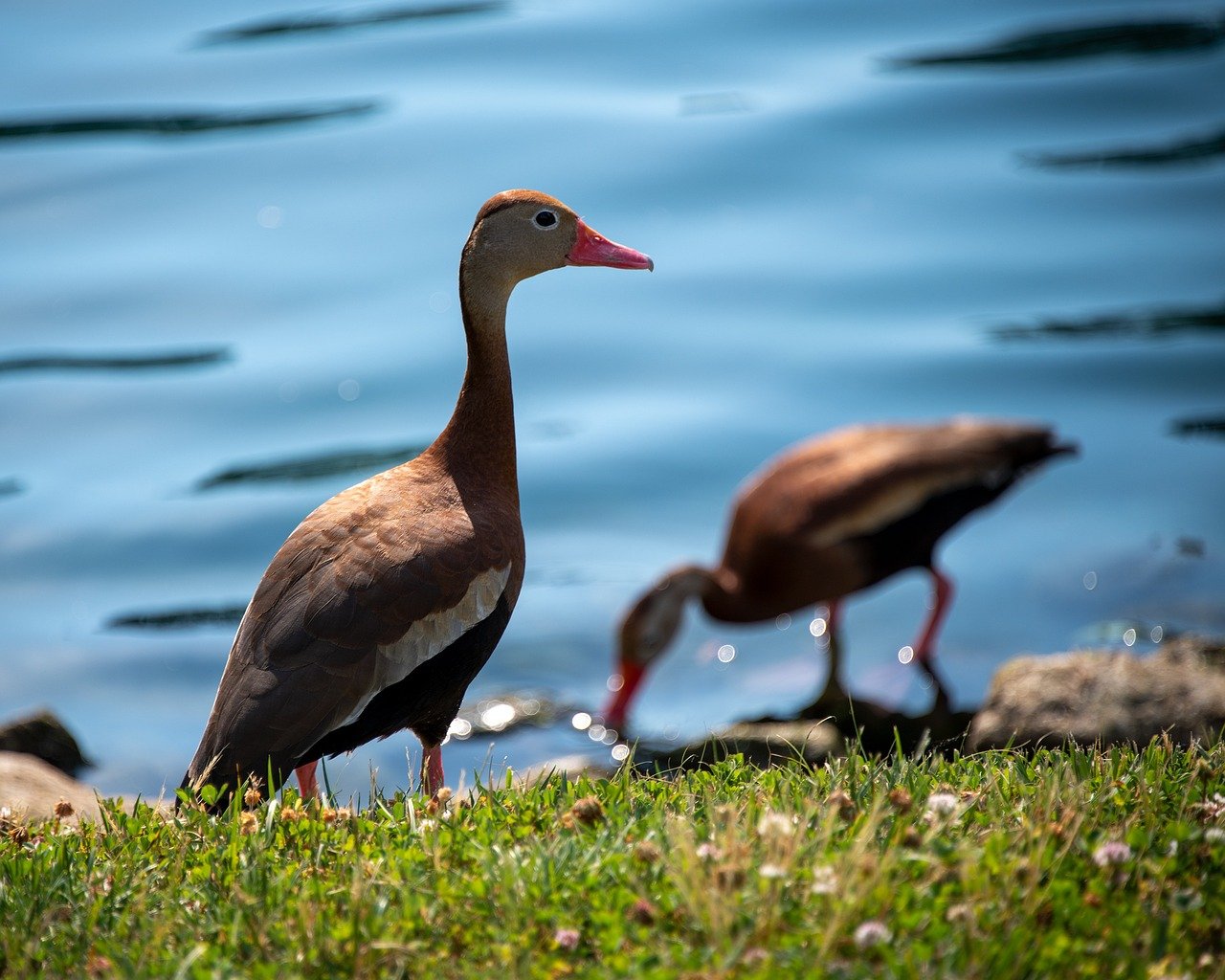Mangrove root crab observed June 27, 2022
Experts say climate change is expanding the tropics resulting in the migration of animals and plants north and southward. That’s easy to see on the water here in the delta. On a recent trip we observed a mangrove root crab. These crabs are native South America and the Caribbean. On the iNaturalist app, the next furthest north mangrove root crab sightings in the Gulf of Mexico have been at latitudes near Corpus Christi, Texas, and Tampa Bay.
Mangrove root crab range
Maybe the crab floated into the area on some flotsam or jetsam? Could temperatures have become mild enough for this species to establish a population in the already prolific mangrove stands that dot the Mississippi River Delta? Only time and further investigation will tell.
Black bellied whistling ducks
The mangrove root crab is not the first species to have an expanded range. Species like black bellied whistling duck have established prolific breeding populations in Louisiana over the last ten years or so. Even the latest charts with the duck’s range have not been updated to reflect these changes just yet. Human caused changes to the ducks habitat could be just as responsible as the climate, nevertheless this species seems here to stay.
Perhaps we should ask ourselves what species should we expect to join us here in the future? What may the climate look like and different points in the future? What species of plants that are not here currently, will be thriving here later? How do we navigate the moral and ethical dilemma of preparing this place for future conditions using plants and animals that will be more suited for the environmental conditions of tomorrow? How will business and industry step up to both mitigate climate change and to help communities and ecosystems adapt? How will climate extremes make this easier or harder?
For now, I’ll continue to monitor what drifts in from the high seas.



